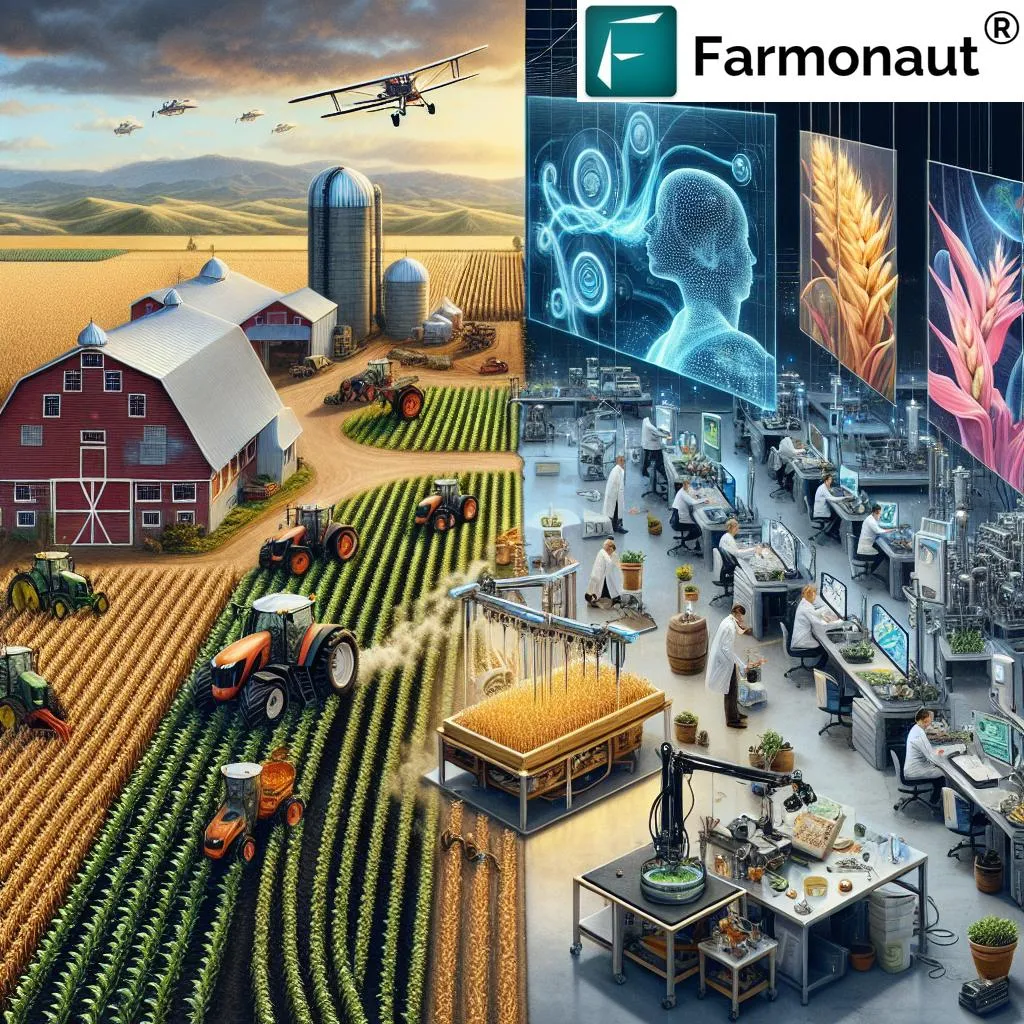In the rolling hills of southern Scotland, a technological revolution is brewing, one that could reshape the dairy industry and bolster sustainable farming practices. Researchers at Scotland’s Rural College (SRUC) have unveiled Farm-twin, a virtual farm technology designed to provide farmers with an unprecedented, real-time overview of their operations. This innovation, funded by the Digital Dairy Chain scheme, harnesses the power of Digital Twin technology to create a dynamic, virtual model of an entire farm system, from individual animals to infrastructure.
Farm-twin is more than just a digital replica; it’s a decision-making powerhouse. By aggregating data from various sources—animal health records, milk production, feed intake, and environmental conditions—it offers farmers an “at-a-glance view” of their operations. This holistic perspective could enable early detection of health issues or productivity drops, allowing farmers to address problems before they escalate. The system’s open-source nature ensures transparency and fosters innovation, lowering barriers to adoption across the industry.
The implications of Farm-twin are vast. Data scientist Dr. Mazdak Salavati explains, “The real power of farm data lies in combining different sources to uncover insights that a single system alone can’t provide.” By integrating diverse data streams, Farm-twin could automate some decision-making processes, freeing farmers to focus on other critical aspects of their operations. SRUC agri-tech scientist Dr. Matt Broadbent emphasizes the system’s potential to create a “more productive, resilient, and sustainable future” for dairy farming.
Meanwhile, the farming industry could also benefit from an unexpected ally: the skies. AAC Clyde Space, a satellite firm based in Glasgow, is developing a tool to support wildlife on agricultural land. Using their constellation of satellites, the system will capture detailed images of farms, showing farmers exactly what plants and animals are present. This information could aid in making better decisions about sustainable farming and accessing government support schemes like the Sustainable Farming Incentive.
As these technologies continue to evolve, they promise to transform the agricultural landscape, making it more efficient, sustainable, and resilient. From the ground to the skies, the future of farming is looking increasingly digital.

